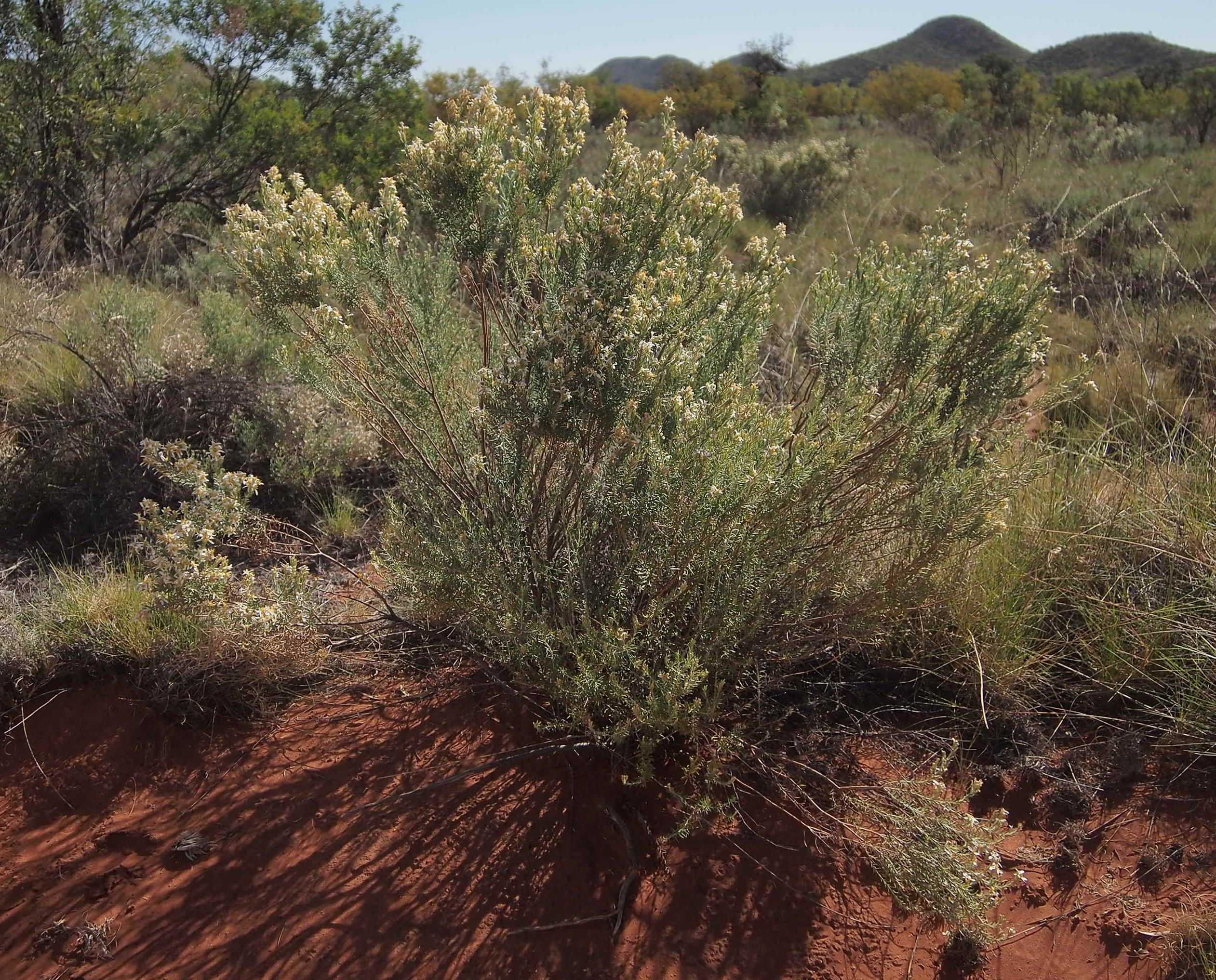Olearia Subspicata on:
[Wikipedia]
[Google]
[Amazon]
 ''Olearia subspicata'', commonly known as spiked daisy bush or shrubby daisy-bush, is a species of flowering plant in the family
''Olearia subspicata'', commonly known as spiked daisy bush or shrubby daisy-bush, is a species of flowering plant in the family
 ''Olearia subspicata'', commonly known as spiked daisy bush or shrubby daisy-bush, is a species of flowering plant in the family
''Olearia subspicata'', commonly known as spiked daisy bush or shrubby daisy-bush, is a species of flowering plant in the family Asteraceae
The family Asteraceae, alternatively Compositae, consists of over 32,000 known species of flowering plants in over 1,900 genera within the order Asterales. Commonly referred to as the aster, daisy, composite, or sunflower family, Compositae w ...
and is endemic
Endemism is the state of a species being found in a single defined geographic location, such as an island, state, nation, country or other defined zone; organisms that are indigenous to a place are not endemic to it if they are also found elsew ...
to continental Australia. It is an erect shrub with more or less linear leaves and white and yellow, daisy-like inflorescence
An inflorescence is a group or cluster of flowers arranged on a stem that is composed of a main branch or a complicated arrangement of branches. Morphologically, it is the modified part of the shoot of seed plants where flowers are formed o ...
s.
Description
''Olearia subspicata'' is an erect shrub that typically grows to a height of and has woody stems. The leaves are linear to narrowly elliptic, or narrowly egg-shaped or narrowly lance-shaped with the narrower end towards the base, long and wide andsessile
Sessility, or sessile, may refer to:
* Sessility (motility), organisms which are not able to move about
* Sessility (botany), flowers or leaves that grow directly from the stem or peduncle of a plant
* Sessility (medicine), tumors and polyps that ...
. The edges of the leaves are rolled under, the upper surface is more or less glabrous and the lower surface, when visible, is woolly-hairy. The heads or daisy-like "flowers" are arranged singly or in panicle
A panicle is a much-branched inflorescence. (softcover ). Some authors distinguish it from a compound spike inflorescence, by requiring that the flowers (and fruit) be pedicellate (having a single stem per flower). The branches of a panicle are of ...
s on the ends of branches or in leaf axils on a peduncle about long and are in diameter with a narrowly conical involucre at the base. Each head has up to 7, (usually 2 to 4) ray florets
This glossary of botanical terms is a list of definitions of terms and concepts relevant to botany and plants in general. Terms of plant morphology are included here as well as at the more specific Glossary of plant morphology and Glossary o ...
, the ligule A ligule (from "strap", variant of ''lingula'', from ''lingua'' "tongue") is a thin outgrowth at the junction of leaf and leafstalk of many grasses (Poaceae) and sedges. A ligule is also a strap-shaped extension of the corolla, such as that of a ...
long, surrounding 3 to 10 yellow disc florets. Flowering time varies with distribution and the fruit is an achene
An achene (; ), also sometimes called akene and occasionally achenium or achenocarp, is a type of simple dry fruit produced by many species of flowering plants. Achenes are monocarpellate (formed from one carpel) and indehiscent (they do not ope ...
long, the pappus long with 40 to 50 white to straw-coloured bristles long.
Taxonomy
This daisy was first formally described in 1845 byWilliam Jackson Hooker
Sir William Jackson Hooker (6 July 178512 August 1865) was an English botanist and botanical illustrator, who became the first director of Kew when in 1841 it was recommended to be placed under state ownership as a botanic garden. At Kew he ...
who gave it the name ''Eurybia subspicata'' in Thomas Mitchell's ''Journal of an Expedition into the Interior of Tropical Australia''. In 1867 George Bentham changed the name to ''Olearia subspicata'' in '' Flora Australiensis''. The specific epithet
In taxonomy, binomial nomenclature ("two-term naming system"), also called nomenclature ("two-name naming system") or binary nomenclature, is a formal system of naming species of living things by giving each a name composed of two parts, bot ...
(''subspicata'') means "almost spicate".
Distribution and habitat
Spiked daisy bush grows in shrubland, mallee and mulga and is widely distributed in Western Australia, South Australia, the southern parts of the Northern Territory, western New South Wales, Queensland and the far north-west of Victoria.References
{{Taxonbar, from=Q15589325 Taxa named by William Jackson Hooker Plants described in 1845 Flora of Western Australia Flora of South Australia Flora of the Northern Territory Flora of Queensland Flora of New South Wales Flora of Victoria (Australia) subspicata